The Nikon D3500 and Canon T7 have distinguished themselves as strong challengers in the large and constantly changing field of entry-level DSLRs, capturing the attention of both amateur photographers and aspiring videographers.
It’s crucial to analyze their video skills to decide which of the two cameras- the Nikon D3500 and Canon T7- truly succeeds in capturing attractive films despite having various features and respectable performance.
The impact of video cannot be understated in a time when visual storytelling is a universal language. The opportunity to use outstanding video capabilities in an affordable package is a game changer, whether recording life’s precious moments or creating fascinating narratives.
So, let’s look at the detailed comparison of the Nikon D3500 vs. Canon T7.
Comparison of Video Capabilities of Nikon D3500 vs Canon T7
Let’s now examine the details of the Nikon D3500 and Canon T7 to determine which camera will serve as the more effective instrument for aspiring videographers.
1. Resolution and Frame Rates for Videos
When comparing the intricate video capabilities of the Nikon D3500 vs. Canon T7, two essential factors, resolution and frame rates, come into play. Full HD (1080p) video recording at an astonishing 60 frames per second (fps) is possible with the Nikon D3500, resulting in seamless and wonderfully detailed footage. On the other hand, the Canon T7 only allows for 30 frames per second when filming in Full HD. Due to its noticeable difference, the Nikon D3500 has an unquestionable edge in depicting fast-moving action and producing videos with smoother transitions.
2. Low Light Capability
It’s a regular challenge for videographers to capture videos in poor lighting. The Nikon D3500 obtains a little advantage thanks to its wider ISO range, which boasts stronger low-light performance. The D3500 adeptly shoots usable footage in low-light situations because of its native ISO range of 100 to 6400. However, further post-processing may be necessary to reduce noise in low-light conditions.
3. Autofocus Performance
Maintaining exact autofocus while filming is essential to creating an engaging video. During video recording, the Nikon D3500 used contrast detection autofocus technology, a dependable option that may experience slight issues in low light conditions. On the other hand, the dual-pixel CMOS autofocus technology is a unique feature of the Canon T7 that is both quicker and more dependable, providing flawless focus tracking while filming films. The Canon T7 is a benefit to videographers seeking reliable focus precision.
4. Audio Quality
Excellent audio quality is a must, for superior visual quality is critical. The Canon T7 and the Nikon D3500 have inbuilt microphones for sound recording, though neither camera is especially good at it. Integrating external microphones is necessary for both versions to get better audio results. Although the Canon T7 had a microphone input for convenience, the absence of a headphone connection may limit real-time audio monitoring, a function that videographers frequently value during recording sessions.
5. Use and Handling Simplicity
The video-producing experience is greatly improved by the ease of use and comfortable handling. The user-friendly controls and interfaces of the Nikon D3500 and Canon T7 cater to entry-level consumers. The D3500 offers a satisfying shooting experience because of its ergonomic grip and simple architecture. The Canon T7 adopts a similar strategy. However, its menu interface may require some minor adjustments. The touchscreen interface for the Canon’s T7’s video capabilities allows for quick focus adjustments while filming, giving it an advantage in convenience.
Final Thoughts
When comparing video capabilities, the Nikon D3500 and Canon T7 stand out as strong competitors, each with unique strengths and room for development. The Nikon D3500 offers an appealing option for filmmakers looking to capture nuanced and dynamic footage in various scenarios because of its superior frame rates, commendable low-light performance, and ergonomic design.
The Canon T7, on the other hand, caters to individuals who value reliable focus tracking, practical controls, and audio customization with its dual-pixel CMOS autofocus, touchscreen user interface, and microphone input.
For filmmakers starting on their creative path, the Nikon D3500 and Canon T7 each provide specific benefits and considerations. These models stand out as attractive choices. Since both models provide valuable tools for experimenting with video recording, their decision should ultimately depend on personal taste and creative requirements.
Frequently Asked Questions
What Distinguishes the Nikon D3500 and Canon T7 Most in Terms of Video Capabilities?
The video resolution and frame rates are the key areas of distinction. Full HD (1080p) video recording at 60 frames per second (fps) on the Nikon D3500 results in smooth footage, which is especially useful for capturing fast-moving action. In contrast, the Canon T7 enables Full HD recording but is only capable of 30 frames per second, which causes the motion to be less fluent.
How Do These Camera-Focusing Systems Differ While Filming Videos?
During video recording, the Nikon D3500 uses contrast detection autofocus technology, which is dependable but may have trouble in dimly lit environments. On the other hand, the dual-pixel CMOS autofocus technology used by the Canon T7 allows for faster and more precise focus tracking. It can be beneficial when recording videos that need regular focus adjustments.
Which Camera Operates Better in Dim Lighting?
Due to its more comprehensive ISO range (100-25600), the Nikon D3500 performs well in low light. This greater field of view makes it possible to record passable video in poorly lit areas. Despite having a smaller native ISO range (100-6400), the Canon T7 can still produce usable images with some post-processing.
Can I Anticipate These Cameras’ Built-In Microphones to Produce High-Quality Audio?
Although the Nikon D3500 and the Canon T7 have built-in microphones, their audio quality might not be the best. Use external microphones to provide higher sound capture and quality for better outcomes. Both cameras do not include a headphone jack for in-camera audio monitoring despite the Canon T7 having a microphone input.

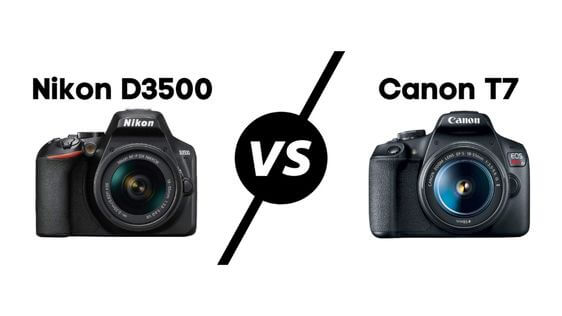
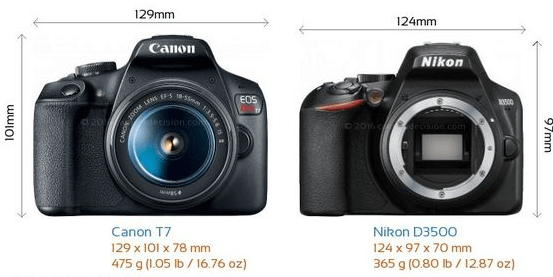

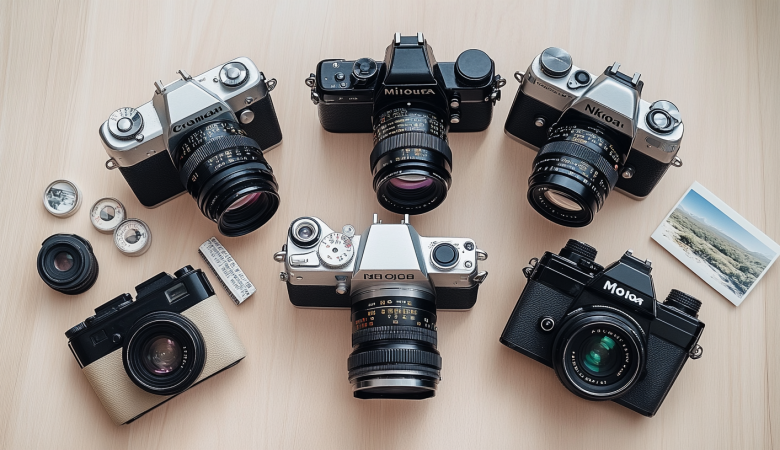
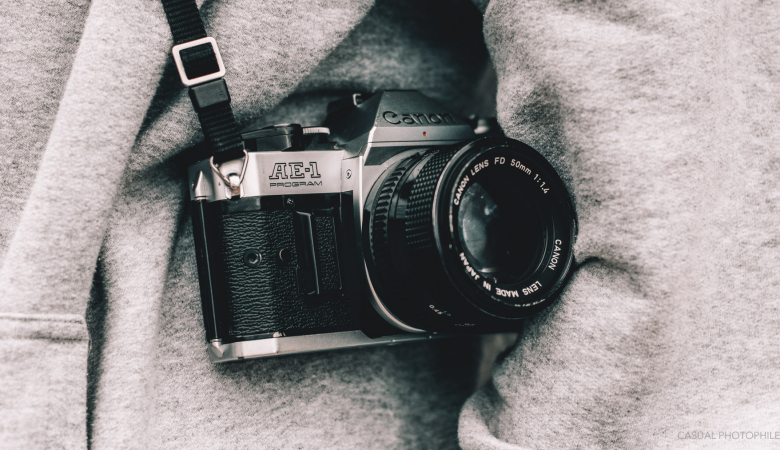
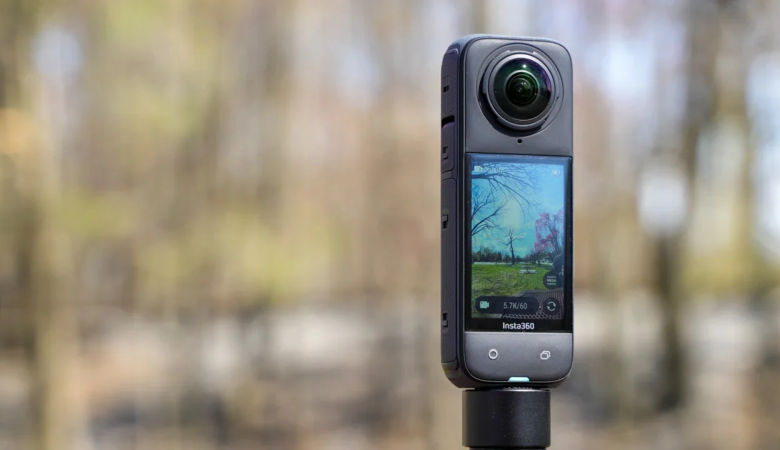
Leave a Reply